Yes, Lithium battery cost is worth the price, considering its significantly longer lifespan, lower maintenance requirements, higher energy density, and better overall performance. However, the prices have reduced considerably in 2023, and the trend will continue in years to come. Many factors are at play, including the cost of raw materials, supply chain, and advancements in manufacturing technologies.
While solar lithium batteries have an expensive upfront cost, they are a safer alternative compared to lead-acid batteries. The powerful solar generators from Jackery feature NMC or LiFePO4 batteries that are reliable, lightweight, and safe. The advanced BMS technology and 12 layers of protection safeguard the battery from overcharging, discharging, and internal short circuits. They can offer steady power to appliances like TVs, refrigerators, washers, dryers, and more.
Key Takeaways
-
Lithium ions are most commonly used in battery chemistry, as they can hold high voltage and charge per unit mass and volume.
-
Factors influencing the cost of Lithium-ion batteries include manufacturing, material sourcing, and technological advancements.
-
Lithium-ion batteries cost between $10 and $20,000, depending on the capacity and the device it powers.
-
In 2023, the per kWh price of Li-ion batteries, as per the U.S. Department of Energy, was $139.
Understanding Lithium Battery Cost
As per the U.S. Department of Energy, the lithium battery cost per kWh in the United States has reduced by 90% from 2008 to 2023. This reduction was driven by increased production capacity, which dropped the prices of raw materials and components while demand fell.
What is a Lithium-Ion Battery?
Lithium-ion (Li-ion) is the most predominant form of battery chemistry used commercially. These batteries power the devices we use daily, such as electric vehicles and mobile phones. When the battery is plugged into electricity, lithium atoms in the anode ionize and leave the electrons. They then pass through the electrolyte to reach the cathode and recombine with electrons to electrically neutralize.
Lithium ions are small enough to travel through the micro-permeable separator between the anode and cathode. Their small radius and atomic weight also enable them to store high voltage and charge per unit mass and volume.
Factors Influencing Lithium Battery Cost
As mentioned above, the lithium battery cost is on a downward trajectory, and it’s expected to follow the same trend in the future. Several factors have resulted in the downfall, which are as follows:
Manufacturing
The availability and pricing of key components like lithium, cobalt, and nickel are the major cost determinants. As these material prices fell dramatically, it potentially decreased the overall cost of Li-ion batteries. Besides, chemistries like lithium-ion phosphate cost around 20% less than nickel-manganese cobalt batteries. This potentially points towards a more affordable future for electrical mobility.
Material Sourcing
In the realm of battery production, China is the world’s largest player. Chinese manufacturers like BYD and CATL dominate the market and are expected to expand more in 2030. As a result, China's influence is everywhere, from sourcing raw materials and streamlining the supply chain to manufacturing electric vehicles. This rapid expansion has potentially created an oversupply in the market.
At the same time, demand is lower than expected. This imbalance has lowered battery prices, benefiting customers, but manufacturers are struggling to stay profitable. Supply chain diversification is also a reason for the reduced cost. The countries are reducing dependence on a single region and sourcing materials from several markets.
Technological Advancements
Manufacturing processes are also pivotal in determining Li-ion battery prices. Their components, such as cathode and anode materials, separator, and electrolyte, add up to around 80% of the battery’s cost. So, manufacturers here can cut down on the costs.
For example, a cathode material made of cobalt and nickel costs more. These are, however, replaced with cheaper yet equally effective alternatives. Other than that, technological advancements in production techniques, such as automated assembly lines, have reduced the prices.
Cost of Different Lithium Batteries
Most lithium-ion batteries cost between $10 and $20,000, depending on the device they power. For example, a battery for an electric vehicle is typically expensive, costing $5,000 to $20,000. Meanwhile, a solar lithium battery costs between $7,000 and $11,000.
However, ones powering outdoor tools are the next, typically costing around $200, while cell phone batteries can cost as low as $10.
Average lithium-ion battery cost per kWh
In 2023, per the U.S. Department of Energy, the average price of Li-ion batteries was $139/kWh on a usable-energy basis. The prices are expected to dip further in the upcoming years for the aforementioned reasons. Driven by the lower per-kWh Lithium battery costs, many electric vehicles are priced below their equivalent ICE (Internal Combustion Engine) counterparts.
In fact, as per the U.S. Bureau of Labor Statistics, the share of electric car sales in the United States could reach 40% of the total passenger car sales by 2030. More optimistic projections suggest that sales could surpass 50% by 2030. A lower cost per kWh allows manufacturers to produce products at competitive prices and thereby boost their overall sales.
Lithium Battery Cost Breakdown by Voltage
The more power a battery holds, the more it costs. For example, a 48-volt lithium battery costs much more than a 12 volt one. Following is the cost breakdown of a lithium battery by voltage:
12-volt Lithium Battery cost
On average, a 12-volt lithium battery costs around $135/kWh. However, depending on the number of amp hours, the price can vary from $12 to $2000. The more amp hours a battery has, the longer it can run on a single charge. A 12V 300Ah battery is more expensive and runs longer than a 12V 120Ah battery.
The choice of a 12V battery depends on your use case. For example, a monitoring system with cameras and sensors would do well with a 12V 9Ah battery. At the same time, you’ll probably need a 12V 100Ah battery to power trolling motors and onboard electronics.
A 12V 100Ah battery costs between $750 and $1200, depending on its capacity and additional features, such as built-in management systems.
16-volt Lithium Battery cost
The cost of a 16-volt lithium battery per kWh stays at around $155. With a higher charge-holding capacity, a 16V lithium battery costs more than a standard 12V one. However, the incurring cost of purchasing a 16V battery depends on the amp hours, capacity, and other additional features.
For example, a 16V 100Ah battery costs around $1,500, while the price can go up to $2,100 for a 16V 300 Ah battery. It’s thereby crucial to determine the potential applications of the battery. These are typically used in specialized applications like high-performance motorsports like race cars. The more a battery needs to run, the greater its Ah value and the costlier it is.
48 volt Lithium Battery cost
A 48-volt Lithium battery costs around $250/kWh, and similar to other types, the costs vary with the amp hours. Golf carts typically use 48V batteries, and the prices range between $2,500 and $8,500, depending on capacity and brand. For example, a 48V 105Ah battery is available for around $1,300- $2000, while one with 160Ah costs around $2,300-$3,500.
In summary, the costs of Li-ion batteries are highly application-specific and are influenced by voltage, amp hours, and additional features. You must invest in high-quality batteries, that is, ones that offer better performance and longer lifespan. These typically offer more value over time.
Comparison with Lead-Acid Batteries
Before lithium-ion batteries were discovered, lead-acid batteries were predominantly used. However, the scenario is the complete opposite now. Both are rechargeable and last long, but there are stark differences between the two, which are as follows:
Materials
The primary difference between a lead-acid and lithium-ion battery is the materials used as anode, cathode, and electrolyte. In a Li-ion battery, lithium oxide is used as a cathode, carbon as an anode, and lithium salt as an electrolyte. On the other hand, lead-acid batteries use lead and lead oxide as an anode and cathode, respectively. The electrolyte in use is sulphuric acid.
Regardless of the type of materials used, their working mechanism is similar. Ions flow from anode to cathode through an electrolyte while discharging. Meanwhile, the opposite reaction occurs when charging.
Battery Capacity
Battery capacity refers to the energy stored in a battery per unit volume. It’s generally measured in ampere-hours; a higher capacity means the battery can power a device for longer. Li-ion batteries have a higher capacity than their counterparts.
Cost
The cost of a battery depends on the material used, manufacturing technology, and more. A similar-capacity lithium-ion battery is two times more expensive than a lead-acid battery. For example, a 20kWh lithium-ion battery costs around $2800, while you must pay around $1500-1600 for a similar capacity lead-acid battery.
However, the former lasts longer and offers value over a long time. For short-term applications, lead-acid batteries are a cheaper alternative.
Weight and Size
A lithium-ion battery has a higher capacity and energy density than its counterpart. However, its weight and size are much lower than those of a lead-acid battery of a similar capacity. A Li-ion battery can be five times lighter than a lead-acid battery.
Depth of Discharge
Depth of discharge is the limit to which a battery can be discharged. In other words, if the DoD of a battery is 50%, you can use up to 50% of the battery capacity before recharging it. Lead-acid batteries have a DoD rate of 50%, while it’s 80% for the lithium-ion batteries. This means you can use the latter for a longer time before recharging.
Durability
The durability of a battery is dictated by the amount of time it lasts. For example, if well-maintained, a good-quality lead-acid battery can last up to 2 years. In other words, if you discharge the batteries up to 50%, it lasts longer. However, at an 80% discharge, it only lasts up to 350 cycles or a year. At the same time, a Li-ion battery has a warranty period of 10 years and lasts up to 10,000 cycles.
Charging Life
Lithium-ion batteries charge much faster than lead-acid batteries, generally four to five times. That is, a lead-acid and a Li-ion battery with a similar capacity takes eight hours and two hours, respectively. This is the reason most EVs use lithium-ion batteries.
Safety
A battery failure is more common than you think. It’s crucial to be cautious when using batteries (lead-acid or lithium-ion) at a high voltage. The sulfuric acid in a lead-acid battery is highly corrosive, and there’s a chance of leakage if overcharged. But the question is, are lithium batteries safe? While lithium batteries are generally safe, they come with their risks. LiFePO4 (Lithium Iron Phosphate) batteries are the safest, with iron phosphate as the cathode material.
Now that you have a detailed comparison between the two battery types, here is its tabular form:
|
Lead Acid |
Lithium Ion |
|
|
Materials Used |
Anode- Lead Cathode- Lead Oxide Electrolyte- Sulfuric acid |
Anode- Carbon Cathode- Lithium Oxide Electrolyte- Lithium salt |
|
Cost |
Lower upfront cost |
Higher upfront cost |
|
Battery Capacity |
Lower |
Higher |
|
Energy Density |
Lower |
Higher |
|
Depth of Discharge |
50% |
80% |
|
Maintenance |
More |
Minimal |
Jackery Portable Power Stations With LiFePO4 Batteries
Jackery is a leading manufacturer of solar-powered battery backups that offers high-quality foldable solar panels, solar generators, and portable power stations. Solar generator combines solar panels and portable power stations to convert sunlight into usable electricity. They feature NMC or LiFePO4 batteries made of lithium, phosphate, and iron.
When comparing LiFePO4 and lithium-ion batteries, the former is a much safer option than Li-ion batteries. They are less prone to exploding or overheating. Besides, they have a longer lifespan of more than 10 years. You can recharge the power stations using Jackery SolarSaga Solar Panels, an AC outlet, or a car charger.
Jackery Solar Generator 3000 Pro
Jackery Solar Generator 3000 Pro is a home backup solution with a large battery that ensures your home essential appliances are running. It is a reliable power source that can run heavy-duty appliances like air conditioners, heating devices, entertainment systems, and more. So, the solar generator frees you from your worries about blackouts or power outages.
Appliances Running Time
- Refrigerator (1000W): 2.4H
- Electric Grill (1500W): 1.6H
- AC (1100W): 2.2H
- Coffee Maker (800W): 3.02H
- Space Heater (1800W): 1.3H

Customer Review
“The power source performs to spec: great output, rapid re-charging, predictable performance, and easy to maneuver. With the solar panels, I now have complete peace of mind that I’ll forever have power for my most important items in all situations.” - William Nowacki Jr.
Jackery Solar Generator 2000 Plus
The Jackery Solar Generator 2000 Plus features an expandable battery capacity suitable for various scenarios. It is powerful enough to power most of your home and outdoor appliances, such as refrigerators, electric blankets, and air conditioners, for long hours. You can extend its capacity from 2kWh to 24kWh with additional battery packs to help you go completely off-grid. If you are preparing for a power outage, this can make up the top half of your emergency supplies list.
Appliance Running Hours
- Refrigerator (1000W): 1.6H
- Coffee Maker (800W): 2.0H
- AC (1100W): 1.5H
- Water Heater (1200W): 1.4H
- Mixer Grinder (700W): 2.3H

Customer Review
“Everything works great! Very satisfied with the entire package; it will do exactly what I need it to, and I highly recommend this unit to everyone. Super easy to use and maneuver.”- John.
Jackery Solar Generator 1000 Plus
If you’re looking for a smaller and more compact solar-powered generator for short power outages and blackouts, Jackery Solar Generator 1000 Plus is a great pick. It supports most household appliances like refrigerators, TVs, lights, and internet systems to stay connected during outages. It can also power your mini heaters, electric blankets, etc., to help you stay warm during chilly months.
Appliance Running Hours:
- Refrigerator (500W): 2.0H
- TVs (200W): 5.0H
- Electric Blanket (400W): 2.5H
- Window AC (500W): 2.0H
- Mini Heater (300W): 3.4H

Customer Review
“Plugged in my refrigerator at 7:30 a.m., pulled the plug at 7:30 p.m. with 59% battery life left, and I can add 2 more battery packs to this system. Incredibly happy with my purchase” - Dan R.
Lithium Battery Cost FAQs
How much does a lithium battery cost?
A lithium battery costs between $10 and $20,000, depending on its use case and the devices it powers. For example, electric vehicle batteries cost between $5,000 and $20,000.
How many years will a lithium battery last?
Lithium batteries last anywhere between 2 to 10 years, depending on how you use them, the environment, and the battery’s quality.
How long do EV batteries last?
EV batteries are generally high-quality and are designed to last long. On average, they can last around 15 to 20 years or about 100,000 to 200,000 miles. However, life varies with your driving habits and climate.
Which is better, a lithium battery or a lead-acid battery?
In most scenarios, a lithium battery is a much better option than a lead-acid one. It’s primarily due to its longer lifespan, faster charging capabilities, higher energy density, and lower maintenance needs.
Conclusion
Lithium battery costs have dipped in the past few years due to an oversupply of raw materials, streamlining the supply chain, and technological advancements. Unlike lead-acid batteries, lithium-ion batteries often have built-in battery management systems that monitor voltage and temperature, preventing overcharging and overheating. Jackery Solar Generators feature safer LiFePO4 or NMC batteries that can safely supply electricity to keep your appliances and lights running even during an unexpected power outage.
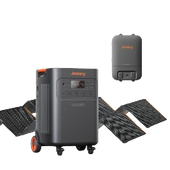
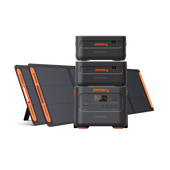
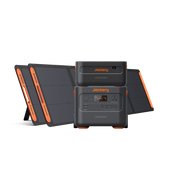
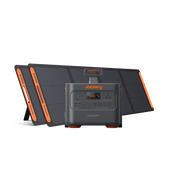

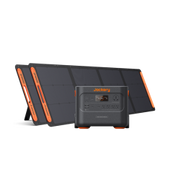
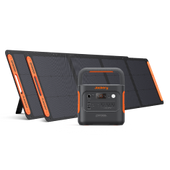

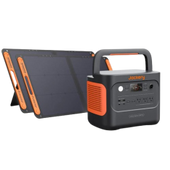
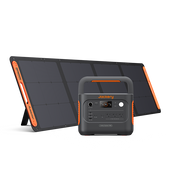
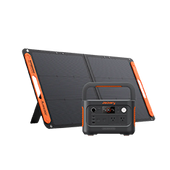

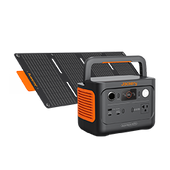
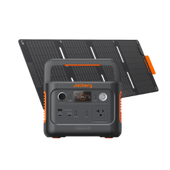
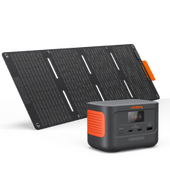
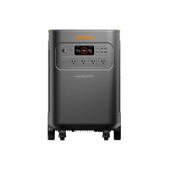

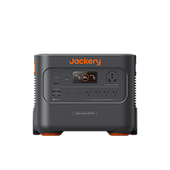
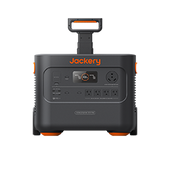
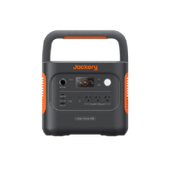
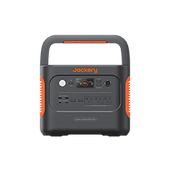
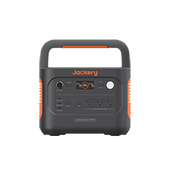
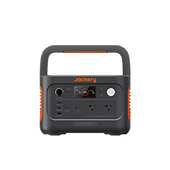
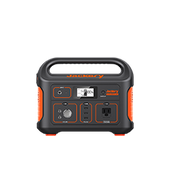
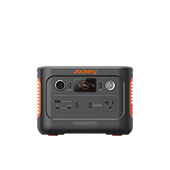

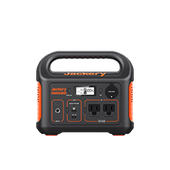
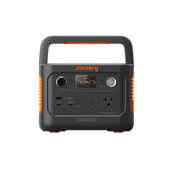
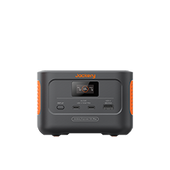



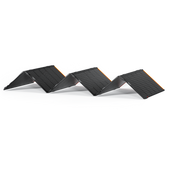
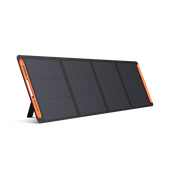
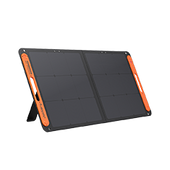
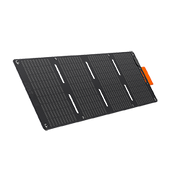
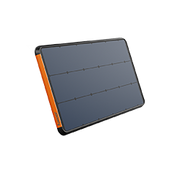
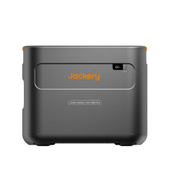
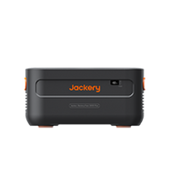
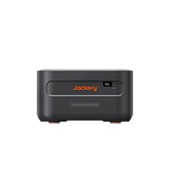

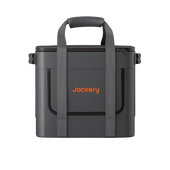
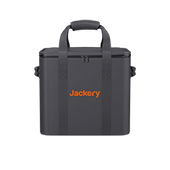
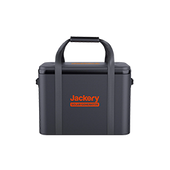
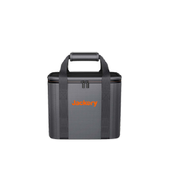
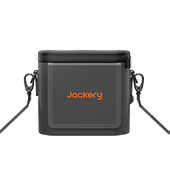
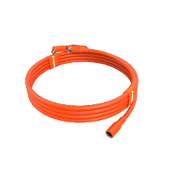

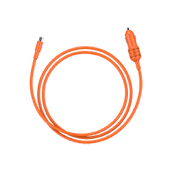

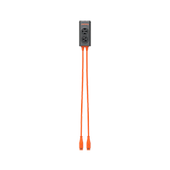
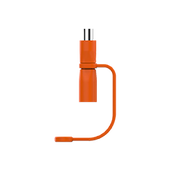
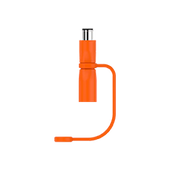
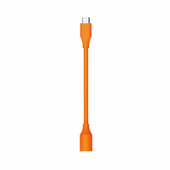
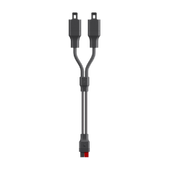
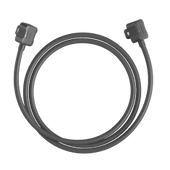
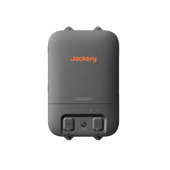
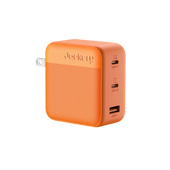

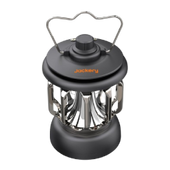


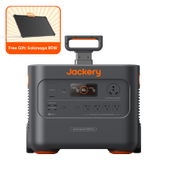
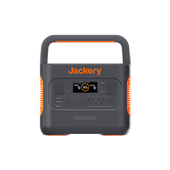
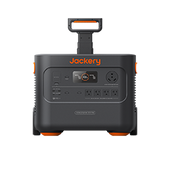
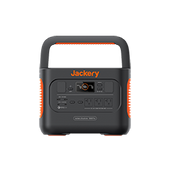
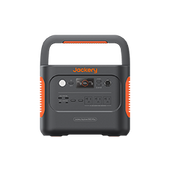
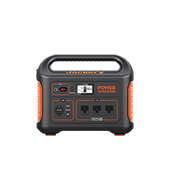
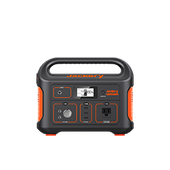
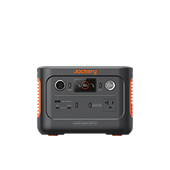
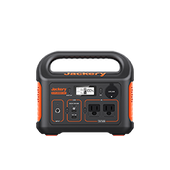
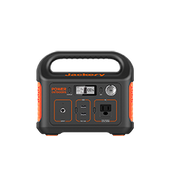
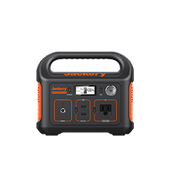
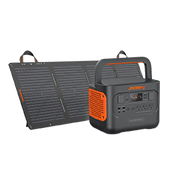
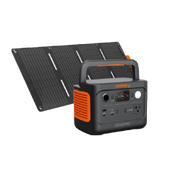
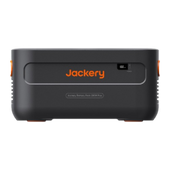
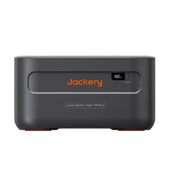


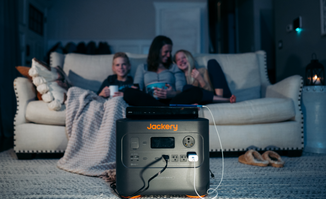


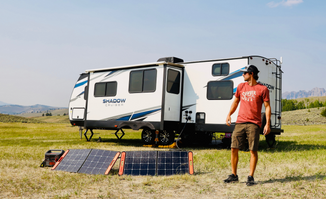


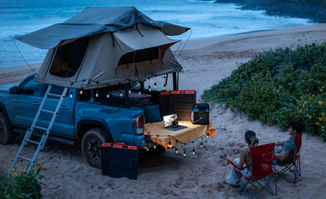






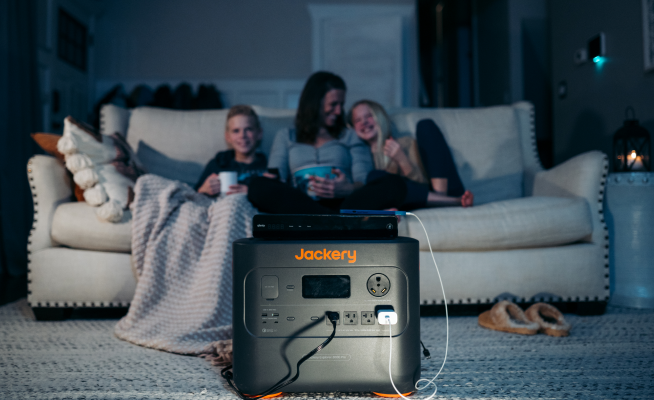


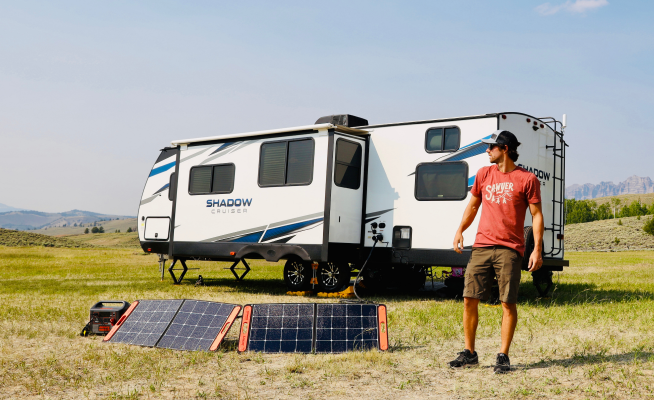

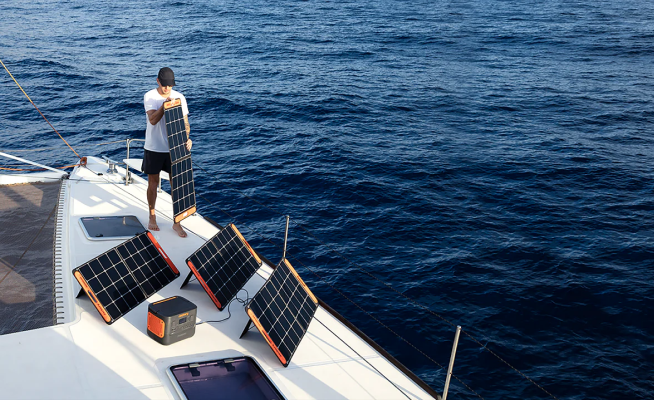
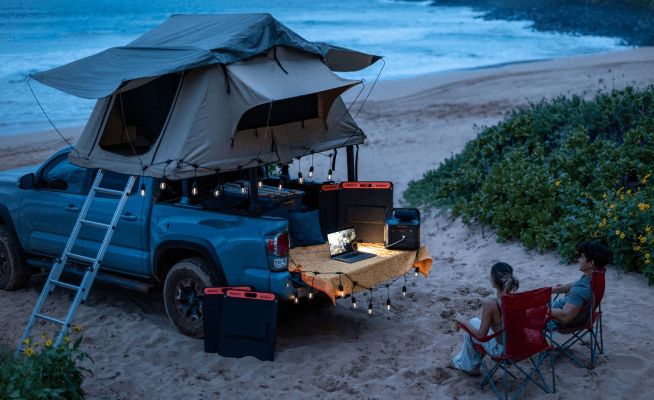
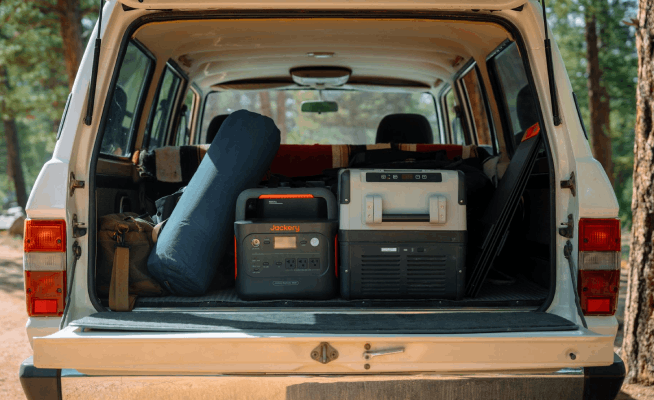













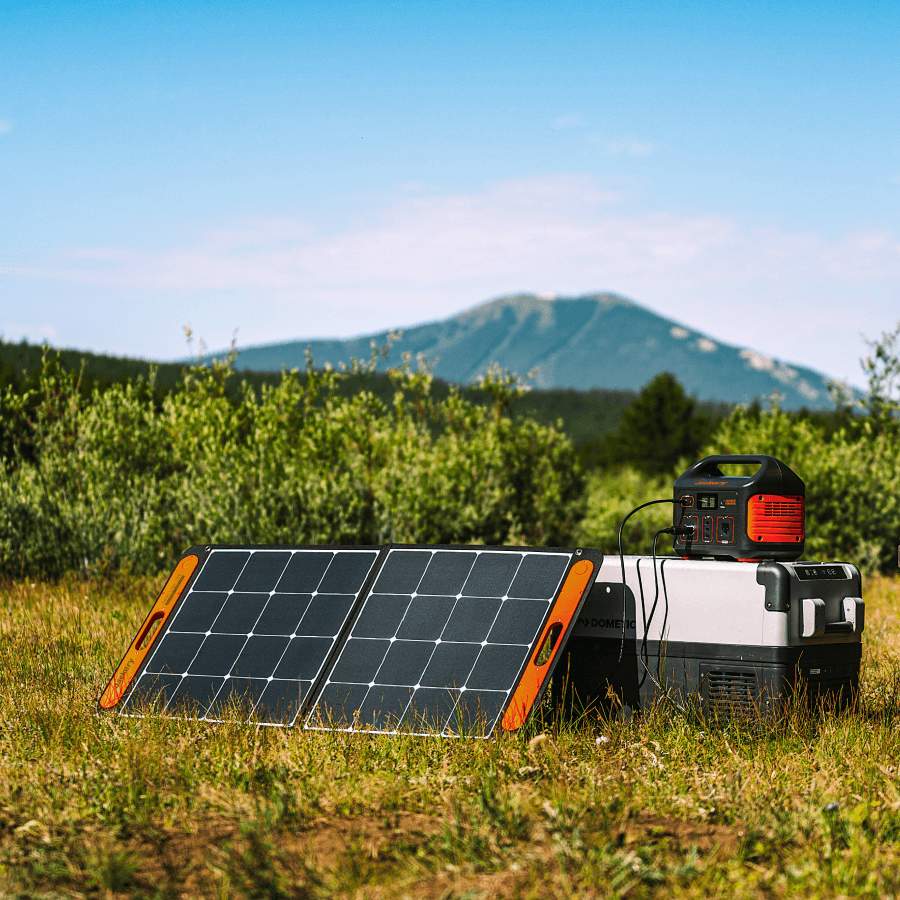

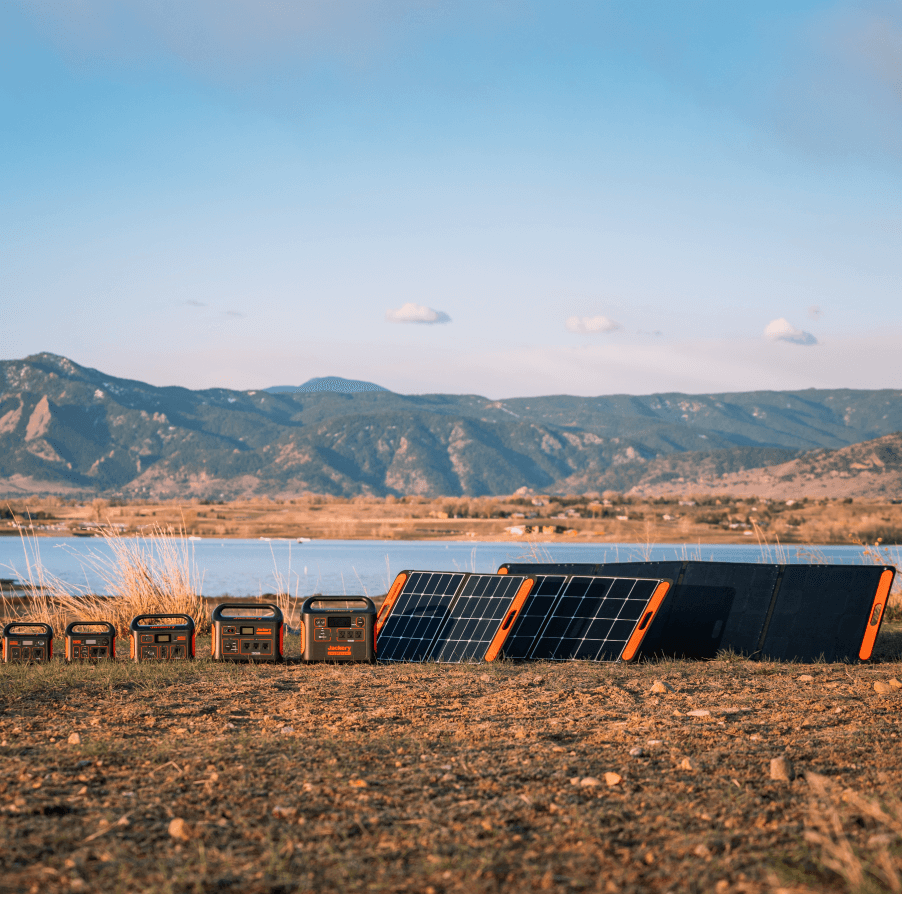

Leave a comment